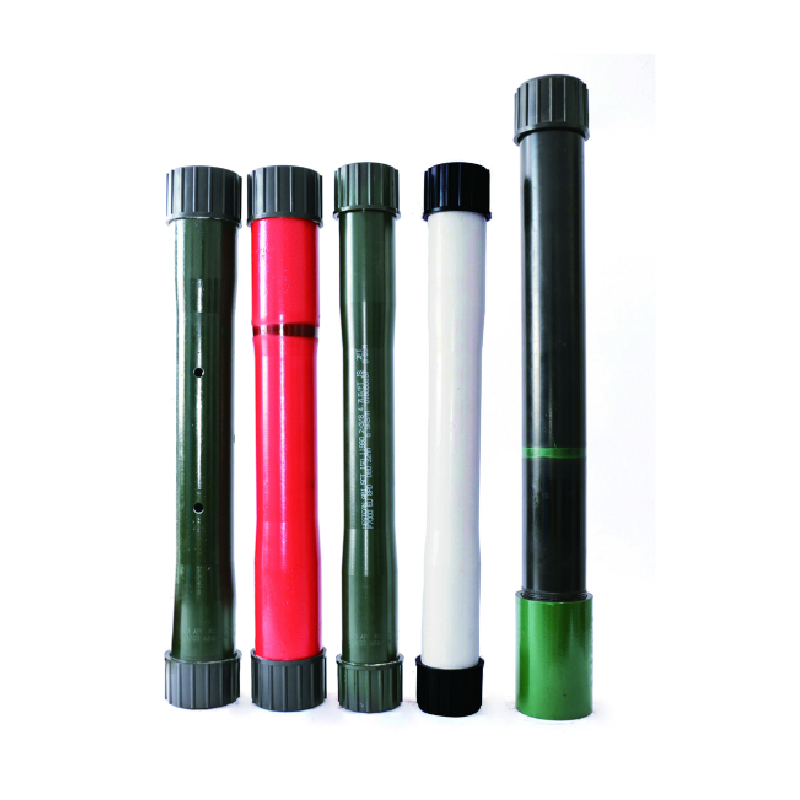- Afrikaans
- Albanian
- Amharic
- Arabic
- Armenian
- Azerbaijani
- Basque
- Belarusian
- Bengali
- Bosnian
- Bulgarian
- Catalan
- Cebuano
- Corsican
- Croatian
- Czech
- Danish
- Dutch
- English
- Esperanto
- Estonian
- Finnish
- French
- Frisian
- Galician
- Georgian
- German
- Greek
- Gujarati
- Haitian Creole
- hausa
- hawaiian
- Hebrew
- Hindi
- Miao
- Hungarian
- Icelandic
- igbo
- Indonesian
- irish
- Italian
- Japanese
- Javanese
- Kannada
- kazakh
- Khmer
- Rwandese
- Korean
- Kurdish
- Kyrgyz
- Lao
- Latin
- Latvian
- Lithuanian
- Luxembourgish
- Macedonian
- Malgashi
- Malay
- Malayalam
- Maltese
- Maori
- Marathi
- Mongolian
- Myanmar
- Nepali
- Norwegian
- Norwegian
- Occitan
- Pashto
- Persian
- Polish
- Portuguese
- Punjabi
- Romanian
- Russian
- Samoan
- Scottish Gaelic
- Serbian
- Sesotho
- Shona
- Sindhi
- Sinhala
- Slovak
- Slovenian
- Somali
- Spanish
- Sundanese
- Swahili
- Swedish
- Tagalog
- Tajik
- Tamil
- Tatar
- Telugu
- Thai
- Turkish
- Turkmen
- Ukrainian
- Urdu
- Uighur
- Uzbek
- Vietnamese
- Welsh
- Bantu
- Yiddish
- Yoruba
- Zulu
api tubing and casing chart
Understanding API Tubing and Casing Charts A Comprehensive Guide
In the oil and gas industry, ensuring the integrity and safety of well structures is paramount, and one of the key components in achieving this is through the use of API tubing and casing. The American Petroleum Institute (API) has established specific standards that dictate the dimensions, weights, and strengths for various types of casing and tubing, which are crucial for drilling operations.
API tubing and casing charts serve as essential references for engineers, geologists, and field operators. These charts provide detailed specifications regarding the sizes, wall thicknesses, and mechanical properties of different tubing and casing materials. Understanding these charts is critical for selecting the appropriate tubing or casing that meets the specific requirements of each drilling project.
Casing vs. Tubing What’s the Difference?
Casing is a series of steel pipes that are installed in the wellbore to provide structural integrity and isolate the productive zones from groundwater. It prevents the collapse of the well and protects it from environmental contamination. The casing must withstand significant pressure and environmental conditions, which is where the API standards come into play.
On the other hand, tubing is the pipe through which the oil or gas is produced to the surface. It experiences different stresses and pressures compared to casing, and thus is designed with its own set of specifications. Tubing is typically smaller in diameter than casing and is designed to handle the flow of hydrocarbons efficiently.
Key Elements of API Tubing and Casing Charts
api tubing and casing chart

1. Dimensions The charts include critical information regarding the outer diameter, inner diameter, and length of each type of tubing and casing. This data is crucial for ensuring compatibility with the drilling equipment and the overall design of the well.
2. Weights Each casing and tubing type has a specified weight, usually measured in pounds per foot (lb/ft). This weight affects the total load that the drilling rig must support and influences the design of the well structure.
3. Burst and Collapse Pressure Ratings API charts also denote the pressure ratings for both burst and collapse scenarios. Burst pressure refers to the maximum internal pressure the pipe can withstand before failing, while collapse pressure indicates the maximum external pressure it can handle. Understanding these ratings helps engineers design safe and efficient drilling programs.
4. Material Specifications The charts provide information on the grade of steel used for tubing and casing, which is crucial for ensuring the material can withstand corrosive environments and mechanical stresses encountered during drilling.
5. End Connections API tubing and casing charts typically include information on the type of threads and connection styles used for joints, which are essential for ensuring a secure fit between sections of pipe.
Conclusion
API tubing and casing charts are vital tools in the oil and gas industry, aiding in the selection and specification of materials necessary for safe and efficient drilling operations. By providing standardized information on dimensions, weights, pressure ratings, and material properties, these charts empower industry professionals to make informed decisions that promote both operational efficiency and environmental protection. Understanding how to navigate and interpret these charts is essential for anyone involved in the drilling process. Whether you are an engineer, geologist, or field technician, mastery of API specifications is a critical aspect of ensuring the success and safety of drilling projects.
-
Tubing Pup Joints: Essential Components for Oil and Gas OperationsNewsJul.10,2025
-
Pup Joints: Essential Components for Reliable Drilling OperationsNewsJul.10,2025
-
Pipe Couplings: Connecting Your World EfficientlyNewsJul.10,2025
-
Mastering Oilfield Operations with Quality Tubing and CasingNewsJul.10,2025
-
High-Quality Casing Couplings for Every NeedNewsJul.10,2025
-
Boost Your Drilling Efficiency with Premium Crossover Tools & Seating NipplesNewsJul.10,2025







